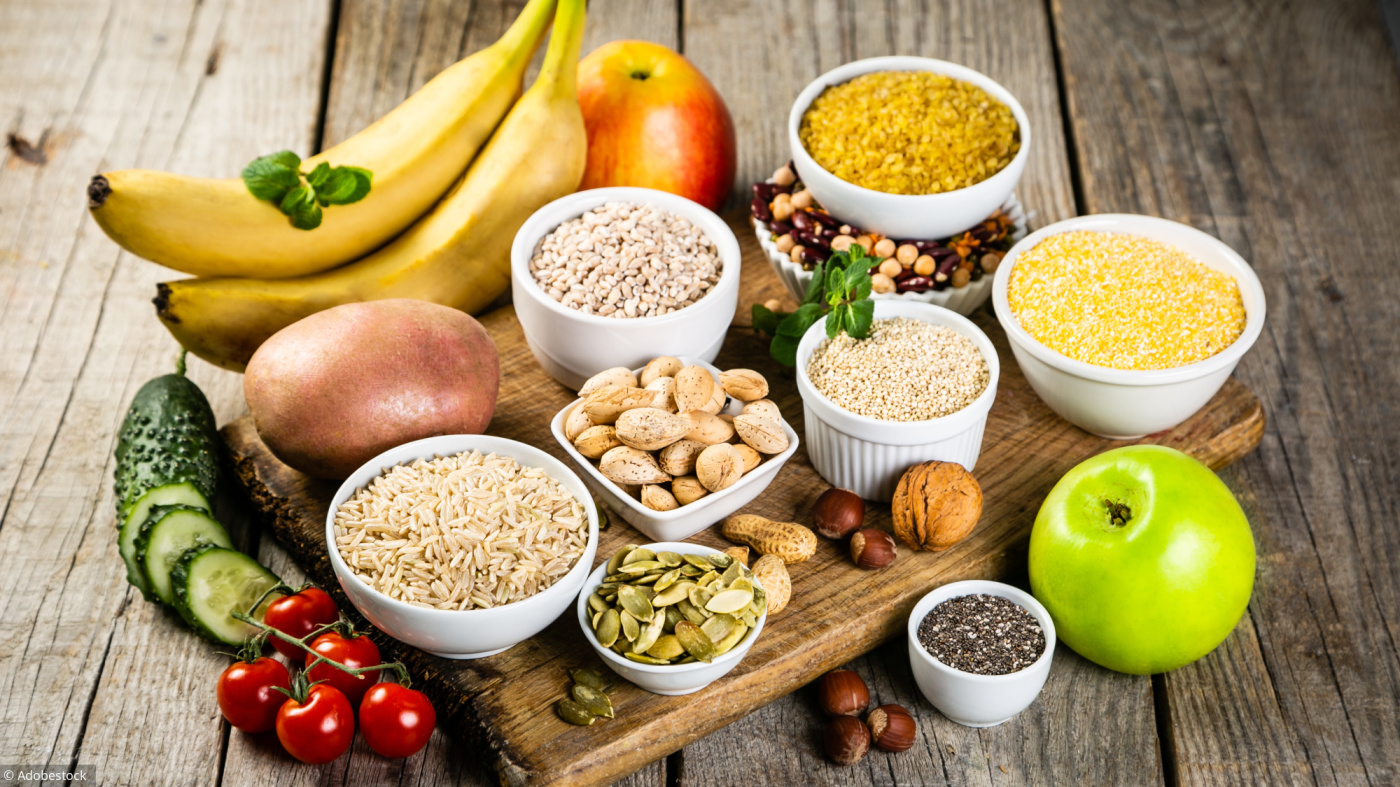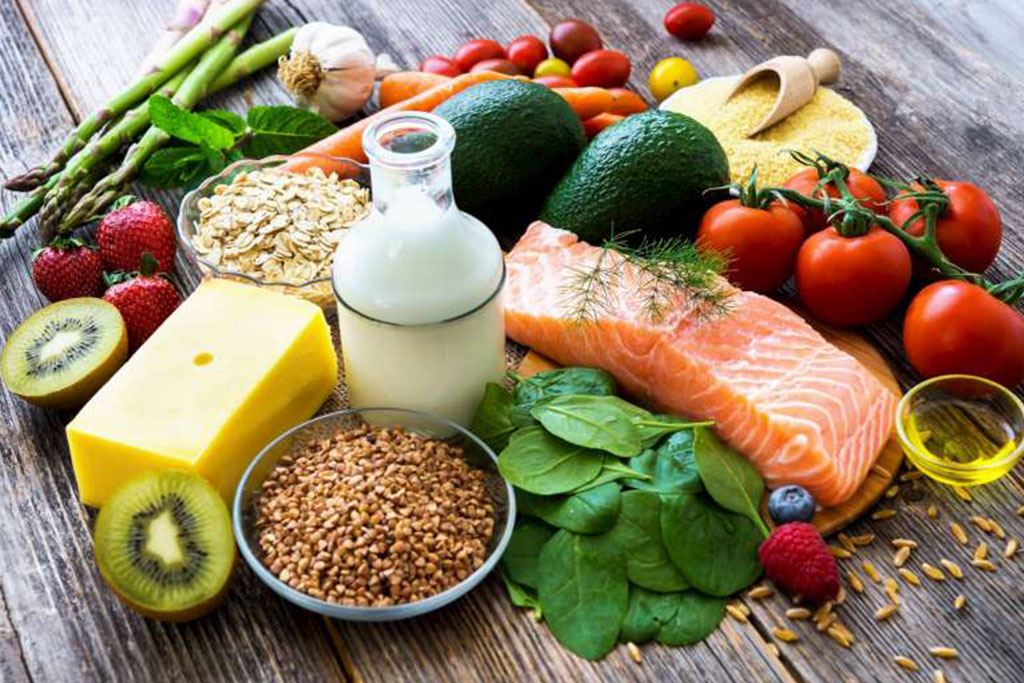Food for yoga
Yoga is a discipline that we all know and master more or less at our own level. Because yes, from breathing exercises to stretching, meditation and muscle strengthening, yoga postures develop a whole range of skills, whatever our level. A sequence of exercises will then allow us to simply get back in shape, which is why yoga is so successful.
While the national day of yoga is June 21, we then become aware that it is indeed a sport activity in its own right, which combines body, mind and spirit with ardor. This is why adopting a "yogic" diet seems essential, especially when it comes to being in tune with oneself.
But what is a yogic diet? Is there really one? What does it consist of? Don't panic, we explain everything in this article, let's go!
The Importance of Linking Yoga and Food
By constantly asking ourselves what we need to eat to lose weight, how to have a good calorie intake to reach satiety, if a healthy diet is possible nowadays, how to avoid dairy products and fatty acids every day, we gradually lose the notion of diet. A balanced diet is not only a matter of reflection, even if pleasure is not a driving force either.
It is simply a matter of knowing how to reconsider the act of eating, and to put things into perspective. We all eat more or less three times a day, it is the most universal activity in the world, we should know how to "eat well", depending on our person. If the body, mind and spirit are in the same frame of mind in front of a plate, there is a good chance that the bet will be successful.
Yoga is then this discipline that will allow us to open up, even if it means relying on certain pillars that we will be able to use while eating. I am obviously not going to reveal everything to you now, but this type of discipline, combining the physical, the muscular reinforcement, and the notion of spirituality, almost sometimes meditation, is not without making us see food as a process in itself.
Yes, some people eat to live, others live to eat, but yoga philosophizes about all this, and gives us a vision of lipids, starches, carbohydrates, fats and nutritional needs more focused on its practice and its global spirit. But then what are the pillars of the yoga diet, if any? That's what we will see right away!

The yoga diet, or mindfulness on the plate
This is a very important part of the yoga diet, which, as you will understand, includes the will to be as consistent as possible with your plate. Whether it is vegetables, legumes, vegetable proteins, snacks, any act of eating is important, and shows a vision of life much more spiritual and elevated than most of the time when we eat.
Becoming aware of what you have on your plate, chewing well to feel the textures and flavors, choosing your food according to what you want to ingest, these are the thoughts that can arise from the yoga diet. Because obviously, not "diet", we will not hear "weight loss" or other fitness, so as to be more toned. We will speak here of a global and healthy fitness of the body.
This is one of the main foundations of the yogic diet, which does not go without first carrying out a thoughtful and constructive reflection on the place of food in daily life. Because eating is an art, and it is not only an insignificant act, which does not require a minimum of constructive approach. It is well known, it is often said: we are what we eat!
Vegetarianism, linking diet and yoga
Let it be said first of all, there is no single yogic diet, but there are as many as there are practitioners: vegetarianism, crudivorism, as many ways of thinking as you can find on a plate. However, certain major pillars such as vegetarianism are found in many yoga diets. It goes without saying that knowing how to take advantage of vegetables and natural productions is a real asset, and a real chance!
The main idea here is to advocate non-violence and, more globally, non suffering. It is therefore through the non animal suffering, which will be made palpable by the little yogi, by the absence of meat on his plate. All this will then be replaced by vegetable proteins, legumes, so as to avoid, of course, finding oneself in the most total deficiency.
This principle even has a name in the field of yoga, it is called ahimsa. To eliminate meat and fish from one's diet, one must obviously proceed step by step, by palliation, if one wishes to do so. One can also simply reduce one's consumption, so as to feel better in one's body and in one's mind, while keeping the notion of pleasure that a rib steak or a board of cold cuts represents for us!
Because yes, the yoga diet is also that: not to deprive yourself, not to frustrate yourself, so as to feel as good as possible in your body, mind and spirit. Linking the three poles is essential to be as balanced as possible, like a yoga posture in the end!

Crudivosme and Yoga, a Duo that Works
When we think of raw food eating, we are often tempted to associate it with a monotonous, tasteless and boring lifestyle. And yet, linked to yoga, it is a diet full of flavors, colors, which gives food its taste, in addition to preserving the good nutrients. As a result, the digestion of food will be simpler, more pleasant and, above all, more efficient. What a great way to be in better shape in the end!
As with vegetarianism, there is no need to change your lifestyle and diet at all. Moreover, eating is compatible with meat and fish, you probably know the existence of tartar or fish carpaccio! Anyway, no matter how we eat, we will respect the seasonality of fruits, vegetables, whether it is vegetarianism, locavorism, or crudivorism.
Because yoga is also about listening to the planet, beyond the body and mind. The values advocated by this sporting discipline are those of a connection, sometimes even a fusion, with the world in which we live, and this is achieved through what we consume, in a logical way.
Linking Yoga and the "Paleo" Diet
The Paleo Diet can be totally in line with a yogic approach. But what is the Paleo diet? It is simply a matter of returning to the "Paleolithic" diet. Yes, but still? In the idea, a practitioner of this diet will eat only what he needs, mostly from a nutritional point of view. We will therefore take refined sugars, certain cereals, or many dairy products off our plates.
Yes, the Paleo diet and the yoga diet is a return to our roots, and an explosive association between sport, mental activity and a diet that is as alive as possible. Yoga is therefore compatible with this diet, which is almost more like a lifestyle than a simple diet.
Thus, it is easy to understand that the practice of yoga can be combined with many other practices, and if there is no real yoga "diet", it can exist according to each person, according to his or her desires, religion, temperament, etc.. Do not eat fish, eat only raw, organic food, many alternatives exist, to make your body and mind exist and coexist in perfect harmony.
Because yes, the practice of yoga is so much linked to the work of the mind that it can influence the diet. Diet, which, let's remember, is the basis of our form and our overall health. So, are you ready to change your lifestyle?


